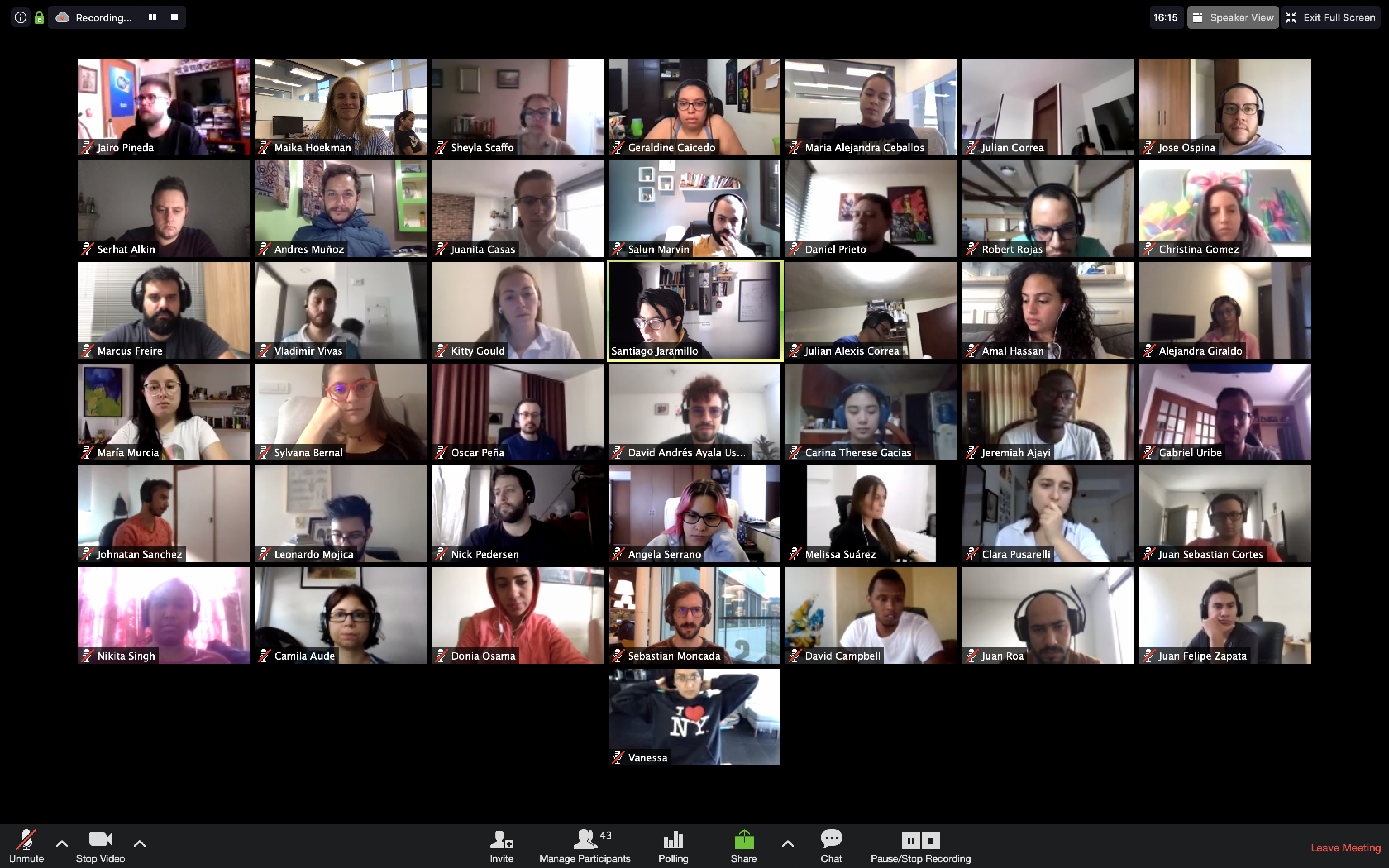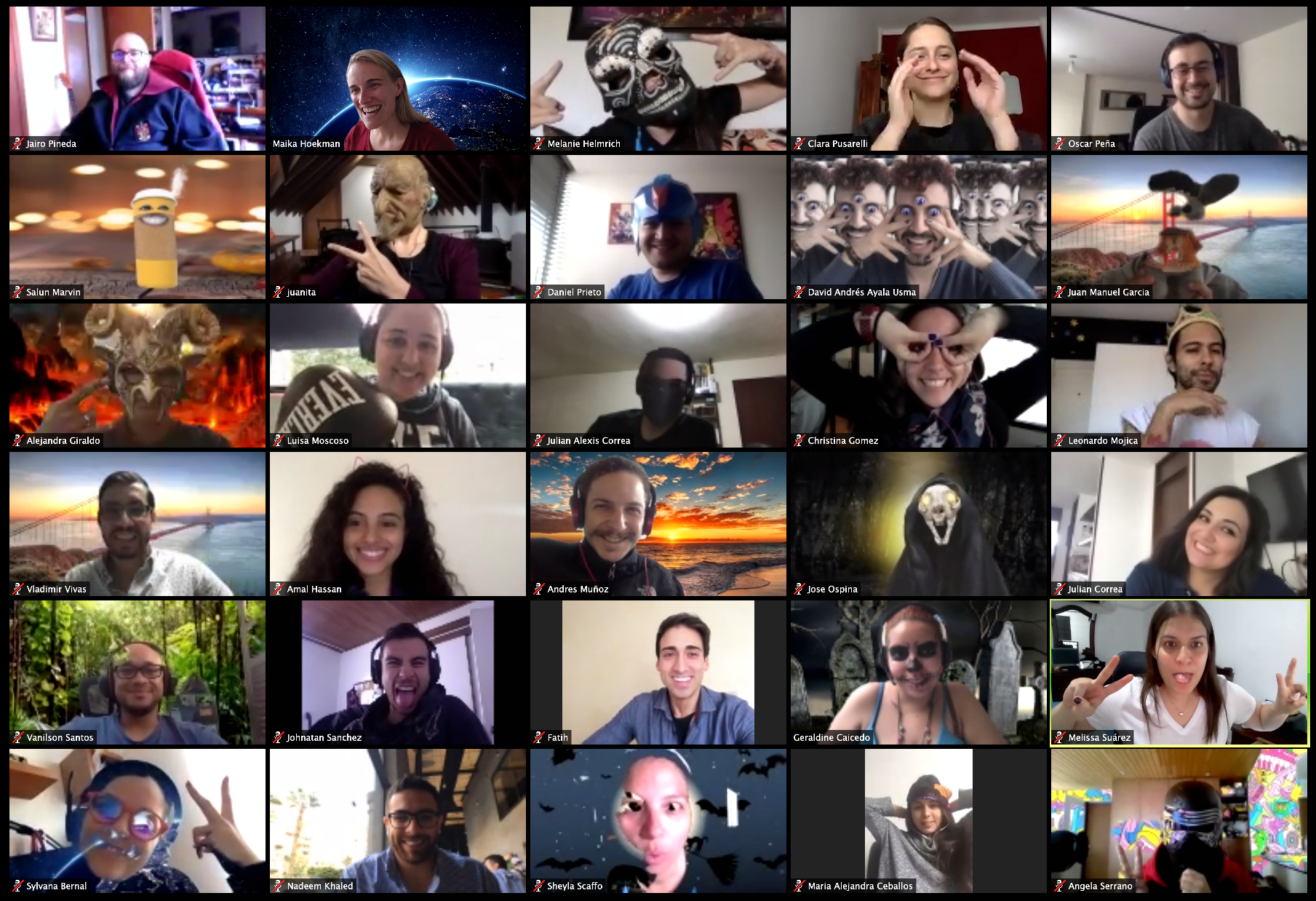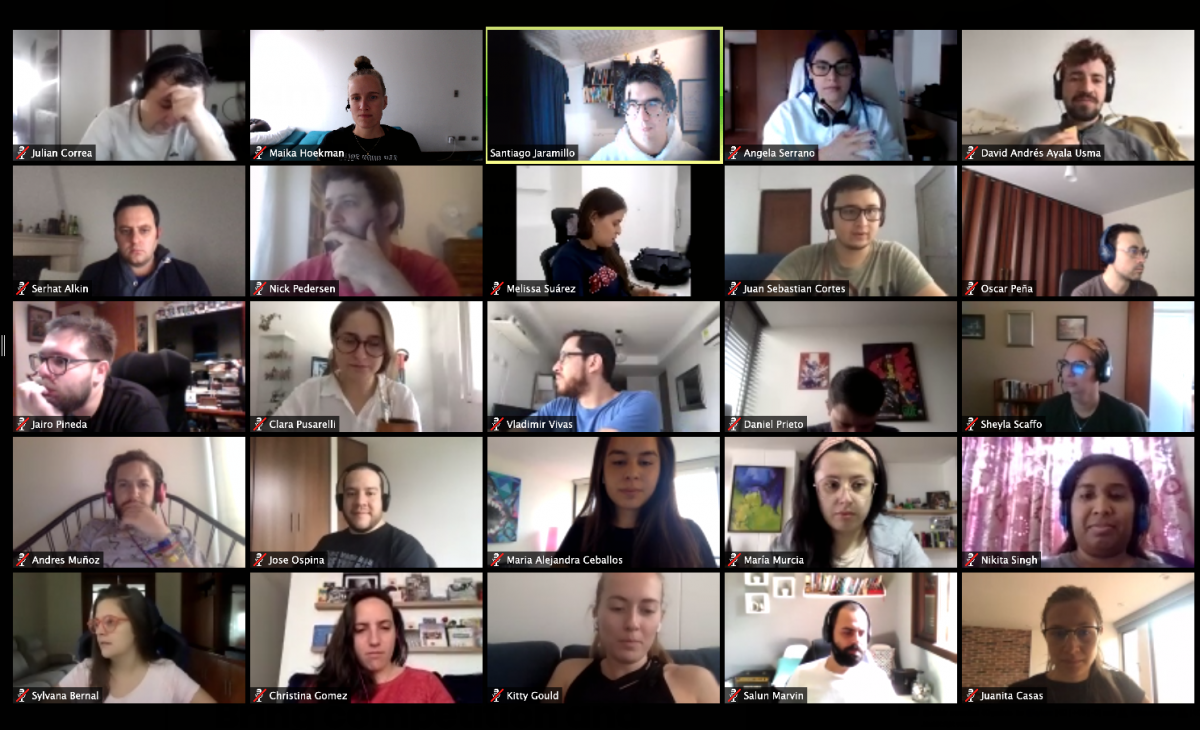At Bunny Studio, we like to connect and interact with people from all over the world. We’re a remote company, after all, so our outlook is global.
How do we connect and interact with people from across the globe? Well, one of the things we do is run events. This is standard. Many companies run in-person networking or educational events. We run some in-person events, too. What we do differently, however, is our focus on remote events.
Remote events do what they say on the tin — they are events run online. Unlike in-person events, though, they have the distinct advantage of being open to people from all over the world, not just people based in one physical location. Remote events are, by definition, accessible to anyone with an internet connection. This means that remote events can draw from a more diverse pool of attendees, enriching the networking and collaboration that goes on during the event.

As a remote company, we’re not tied to one physical place. Why should our events be?
Do you want to connect with an online audience? Are you an expert at running in-person events but are feeling intimidated by putting on a remote one?
Running remote events does present its own challenges. What are those challenges and what are their solutions? In this article, we’ll touch on three of these challenges, as well as their solutions.
But if you prefer to watch a video instead, click here:
What works?
The main challenge, and this is a big one, is understanding what types of events can be run remotely. When running an in-person event, you have the advantage of a shared physical space. See a person you want to talk to? Overhear an interesting conversation? When you’re in the same physical space, it’s easy to just walk over an introduce yourself. That is harder to do when you’re starting at the barrier of a computer screen. Because of that, events such as meet-and-greets are hard to run remotely.
What sort of events work well when run remotely? At Bunny Studio, we have had particular success with two types of events.
Our educational events, such as our Braintrusts and Fireside Chats, allow attendees to learn from great minds. These events are less formal than a lecture or workshop, but just as rewarding (perhaps even more so)! Attendees can learn from global industry leaders. Learning remotely from global leaders is something that has been done before, yes. Unlike watching a TedTalk on Youtube however, our remote educational events allow attendees to interact with and ask questions of these industry leaders.
Another type of event that works well is competitions. Our DeBug event, for example, brings together software engineers from around the world to solve intricate coding puzzles. These events are fun, yes, but they also allow attendees to learn from each other’s different problem-solving methodologies. They’re looking for a challenge and what better challenge than putting their skills to the test against people from all over the world?
What do these two types of events have in common? They foster interaction between people online. In a more structured way than an in-person meet-and-greet, to be sure, but that is a good thing. The best type of remote events are structured to allow attendees to interact, ask questions, and show the world what they know.
[And, psst, here’s a secret: we use our events to look out for and connect with people we might want to hire. Looking for a job? Attend one of our events and start interacting! We might be in touch afterward. 🙂]
Say my name, say my name.
This brings us to our next challenge: how do you foster interaction and connection during a remote event? After all, everyone isn’t in the same room together. There’s no mingle time! There aren’t even any complimentary snacks!
Well, you, the event organizer, need to be the leader of that interaction. How do you do this? The easiest way is to welcome questions and comments from the audience. This is a given. After all, your audience needs a voice too. And, if your event has presenters, your audience definitely wants to able to speak to them directly in some way. Whether you take questions in advance or have an open mic Q&A towards the end of the event, make sure to allow time for audience feedback.
Another way of fostering connection is to recognize audience members by name. Think about it. Imagine you’re attending a remote event, a lecture maybe. It was a great event and you learned a lot, but you still feel like you’re a bit invisible behind your computer screen. Then, the event leader takes some time to read out some of the attendees’ names and locations. And your name is read out! You feel a rush of connection and recognition. It’s that rush of connection and recognition that breaks down that computer screen barrier.
What’s your reputation?
Another challenge of running remote events is building a reputation with your chosen audience. What does this mean? Well, just because you or your company is well known in one sphere doesn’t mean that good reputation will transfer to another sphere. For example, Starbucks is known for doing one thing well — coffee. If Starbucks decides to, say, venture into craft beer, they will need to build a seperate, craft beer-focused, reputation. Coffee and beer, while both beverages, don’t attract the same audience.
It’s the same with remote and in-person events. They’re both events, sure, but they attract a different audience. You or your company may have the reputation of running Lisbon’s best, most kickass cocktail parties. But that is a reputation built on a specific type of event in a specific physical location. That reputation won’t transfer to running a coding competition online. You’re gonna have to build your reputation from scratch.
How do you do that? You fake it ‘till you make it. Sure, no one may know who you are in the sphere of remote events, but that doesn’t matter. Research your audience. Where do they hang out online? What social media platforms do they use? Then, promote your remote events there like there’s no tomorrow. It might be a rough start, especially if you’re used to your in-person events having a high turn out. But keep at it. Be your own hype. Schedule remote events with frequency, promote them, and, over time, your reputation will grow.
What’s the takeaway?
You’re good at running in-person events. You know how to organize them and promote them. You know what works. And that’s great. Running remote events is a whole other kettle of fish, though. So don’t despair if you hit some speed bumps along the way. Plan your events intelligently, foster audience interaction, and build your reputation patiently. Soon, your remote events will be just as awesome as your in-person ones.

Does work adapt to your life? It should. Interested in working remotely? Find out more about us.
Please note this blog is a copy of the original published in Medium by Emmy Tither.









